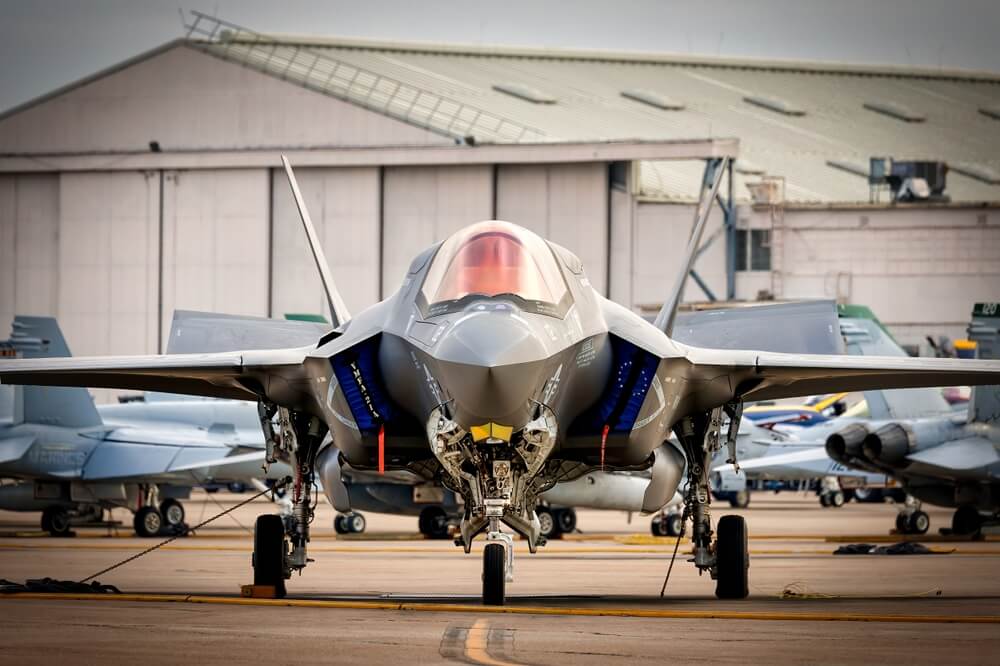For many reasons, India emerged as one of the biggest, if not the biggest, global winners from Donald Trump’s return to the White House. And given the highly personalised diplomatic style employed by the US president, Prime Minister Narendra Modi is one of the leaders who can be sure of Washington's support for his policies over the next four years.
The first meeting between the two leaders during Trump's new term of office has largely confirmed these expectations, although not all of them. PM Modi is among the first world leaders to meet President Trump at the White House since he took office less than a month ago.
This gesture was an important indication of Trump's intention to maintain a strategic alliance in the Indo-Pacific region with India and Prime Minister Modi personally. Both are practically at the beginning of their terms, and their strong personal connections will shape the overall relationship between the two powers over the next four years.
However, practical politics very quickly took precedence over the outbursts of closeness that both leaders liked to use to characterise relations between the two countries. President Trump, at a joint press conference at the White House ahead of this week's meeting, confirmed expectations that India cannot count on an exemption from trade tariffs on goods exported to the US.
"Whatever India charges, we charge them," said Trump while in the company of PM Modi, explaining his policy of reciprocity towards trading partners, allies, or not.
Tariff King
Considering that he had previously labelled India a "tariff king," it was not surprising that he announced import restrictions at his first official meeting with the Indian prime minister.
Moreover, India ranks among the top economies that Trump's tariff policy should target due to its strong protectionist measures.
Together with Russia and Indonesia, India is at the top of the list of economies with the highest trade barriers. This is reflected in trade relations with the USA, where there is a pronounced imbalance of USD 50 billion in India's favour.
Trump's tariffs, which will apply to all exporters in the world starting on 12 March, will hit India's steel and aluminium exports the hardest
In 2023, India's exports to the US totalled USD 120 billion, and trade in goods and services in the opposite direction amounted to approximately USD 70 billion. This imbalance was partially alleviated in 2024 (about USD 35 billion), but the Indian economy still remained superior in trade with the US, thanks in large part to the Modi government's protectionist measures.
Trump's tariffs, which will apply to all exporters in the world starting on 12 March, will hit India's steel and aluminium exports the hardest.
India is the fourth largest steel exporter to the US after Canada, Brazil, and Mexico, with about USD 550 million last year, prompting Moody's Ratings to estimate that Indian producers will soon face "increased challenges."
Compensation for tariff damages
What remains uncertain even after the meeting between Trump and Modi is the extent to which the range of US import tariffs will affect other goods and services exported from India.
India’s pharmaceutical industry, for example, is a leading supplier of generic drugs to the US market, so any tariffs on imports would affect its competitiveness. The situation is similar with textile exports to the US, where India is also one of the largest suppliers.
However, the Trump administration's tariffs will be handled on a state-by-state basis, so further steps will require approval.
 Trump's announcement to allow the delivery of the F-35 stealth fighter to India, which New Delhi has long awaited, is particularly significant
Trump's announcement to allow the delivery of the F-35 stealth fighter to India, which New Delhi has long awaited, is particularly significant
While trade barriers continue to plague relations between the US and India, recent talks between the two leaders suggest that compensation for the mutual damage caused by tariffs will be broader, in agreements that go beyond traditional trade.
Donald Trump announced a breakthrough in the supply of US weapons to India, as well as the joint production of some combat systems, such as Javelin missile launchers and Stryker ICV armoured vehicles.
Trump's announcement to allow the delivery of the F-35 stealth fighter to India, which New Delhi has long awaited, is particularly significant.
China—a common rival
Compensation for the consequences of the tariff war, whether or not they are mitigated over time, can also come from increased Indian oil and gas imports from the US, which would significantly reduce the trade imbalance.
In general, US and Indian leaders, who address each other as "friends," do not see existing trade barriers as an impediment to the growth of cooperation, as they have encouraged work on a comprehensive agreement aimed at doubling two-way trade to reach USD 500 billion by the end of the decade.
Trump and Modi are forging an alliance driven not only by their economies' mutual benefits but also by their shared rival, China
The target is quite ambitious and is close to the current volume of trade in goods between the USA and China (around USD 580 billion in 2024).
Undoubtedly, Trump and Modi are forging an alliance driven not only by their economies' mutual benefits but also by their shared rival, China.
Despite occupying a secondary position on the agendas of both leaders, who are primarily focused on achieving their respective national interests, China serves as the point that unites them as a common threat to these priority goals.
The talks in Washington did not bring any new moments or initiatives in this regard, but the sum of all agreements indicated that the US and India will remain in the bloc that opposes China's growing economic and security influence in the Indo-Pacific region.